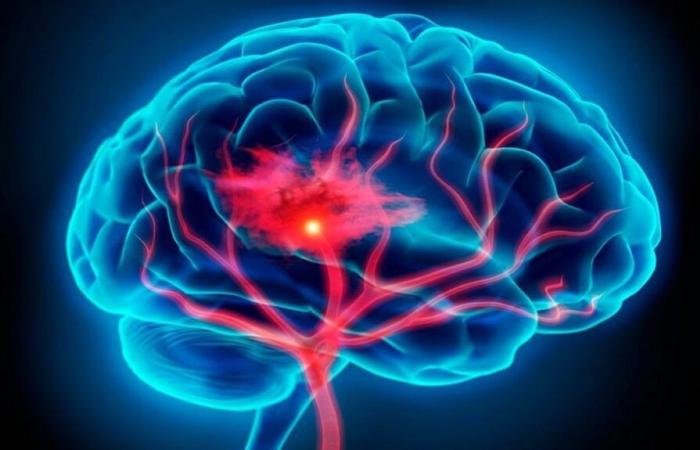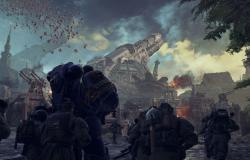The death of Pope Francis has revived interest in stroke (stroke), which may have devastating effects on the neurological system. Dr. María Pérez Maures, a neurology specialist, explained to Chain 3 that stroke is produced by the death of neurons due to the lack of blood supply.
There are two types of stroke: the ischemic, which occurs when an artery covers, and the hemorrhagic, which occurs when an artery breaks. The doctor points out that, despite an apparent increase in cases, there is no significant biological variation, but a greater awareness of pathology and better diagnostic methods.
/Start code embedded/
Tenecteplase offers faster and more efficient administration than alteplase, optimizing resources and improving emergency medical care.
/End embedded code/
-The most common age range to suffer a stroke is from the age of 60, being cardiovascular risk factors such as hypertension and the most common diabetes. However, there are also cases in young people, although they are less frequent and are due to rare causes such as coagulation disorders.
To detect a stroke, it is crucial to identify the beginning of the symptoms, which may include difficulty speaking, weakness in limbs and visual disorders. The speed in medical care is vital, since time influences the available treatment options.
The doctor stressed that, when evaluating a patient with ACV symptoms, tomographs are performed to determine proper treatment, which may include dissolution of clots or catheterization. ACV prevention is possible by adopting healthy habits from childhood, such as maintaining a balanced diet, physical activity and avoiding tobacco and alcohol.
It is essential to control blood pressure and diabetes, since these factors contribute significantly to the risk of suffering a cerebral infarction. The doctor concludes that early prevention and detection are key to reducing the incidence of ACV.
Viva La Radio interview






